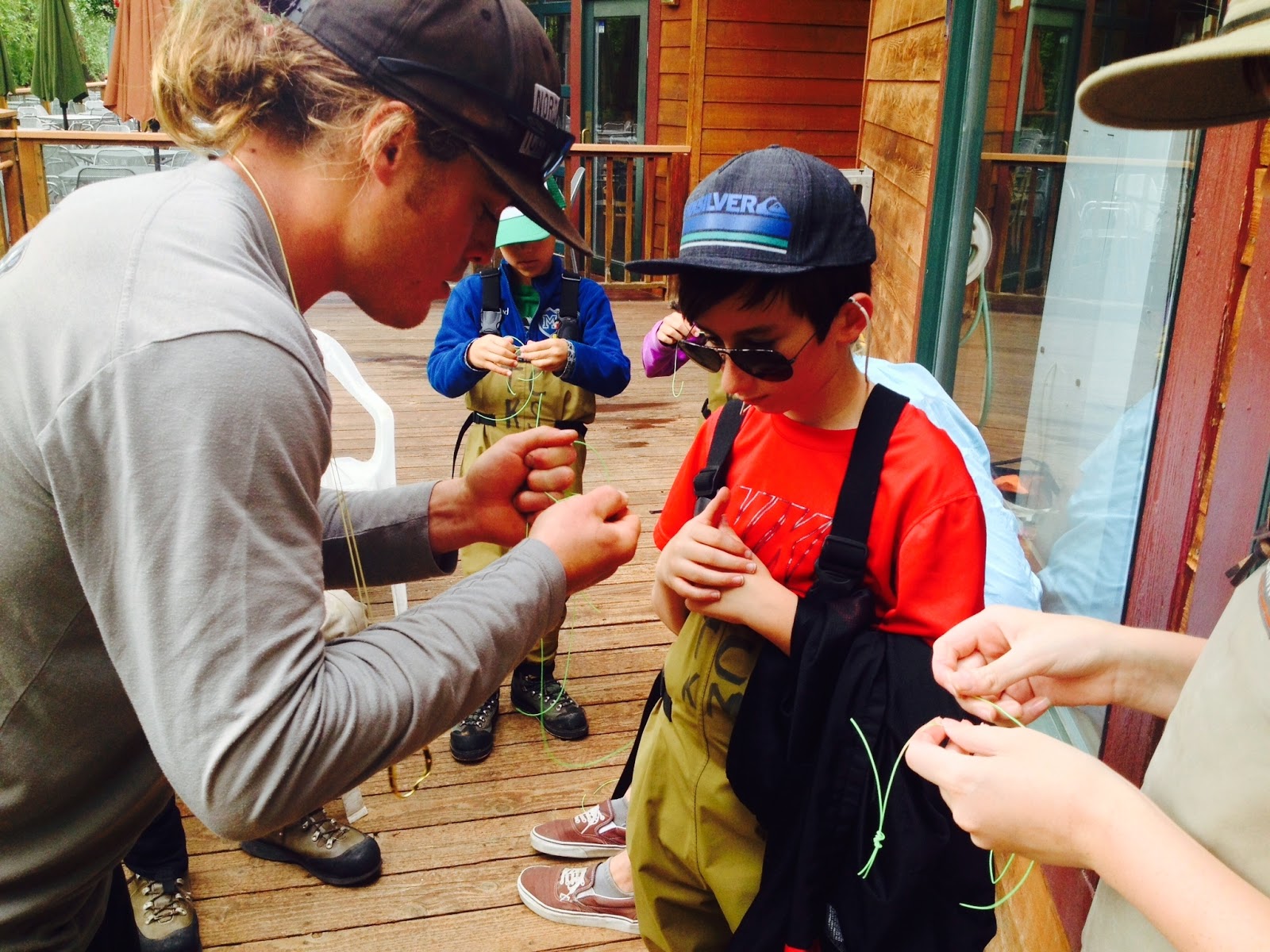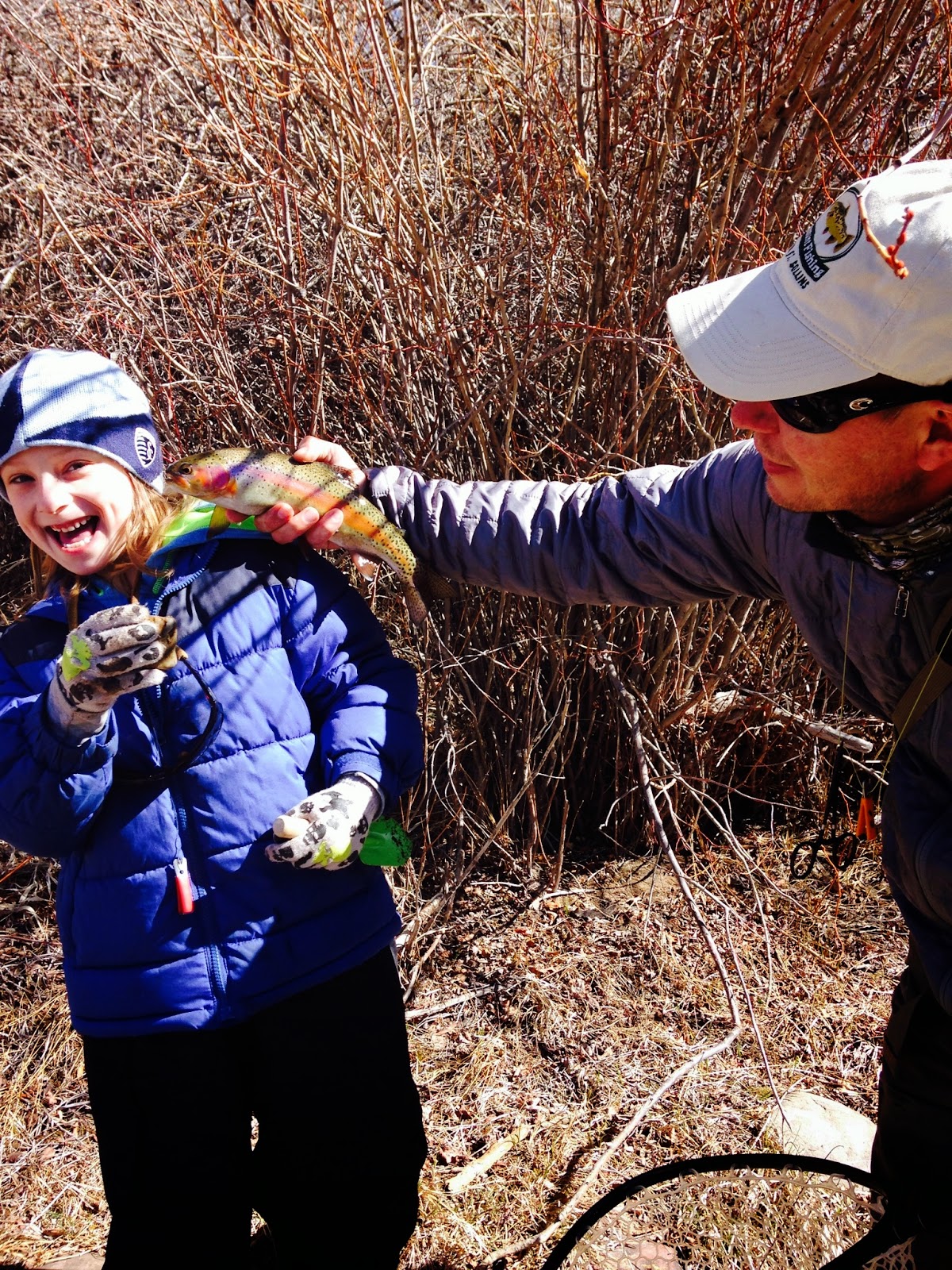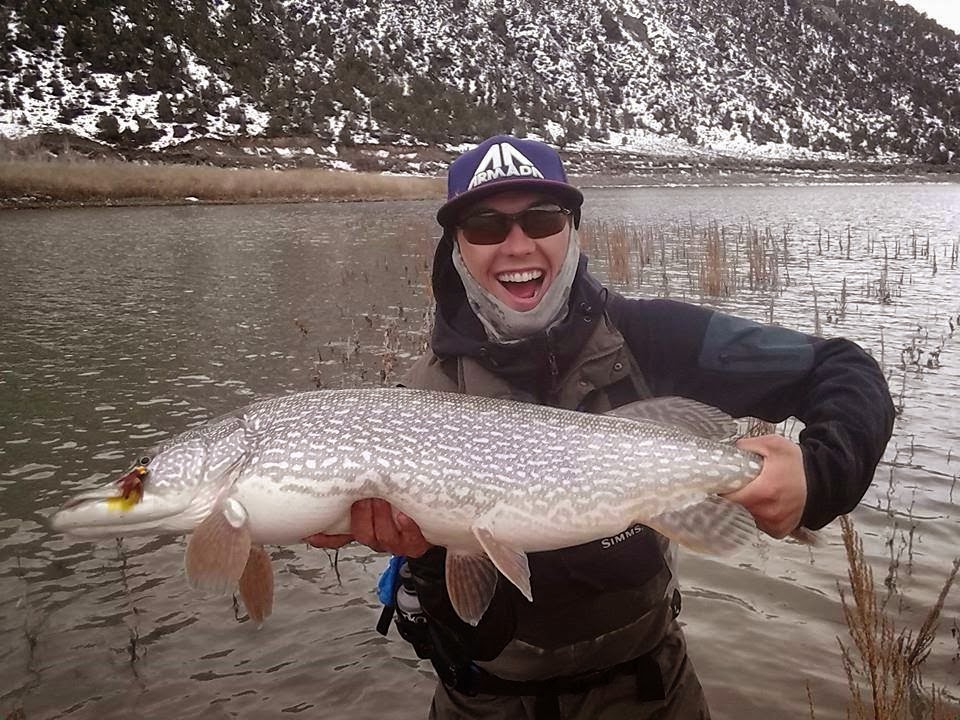What is your favorite season here in the Roaring Fork
Valley? We always talk about “shoulder
seasons,” but I suspect most of Taylor Creek’s staff enjoys fall the most. It’s nice to take a deep breath after a very
hectic guide season, enjoy rivers devoid of tourists, and still have the
opportunity to fish summer insects with fall "crowds." Streamer fishing consumes most of us through
September and October, with healthy numbers of green drakes, pmds, bwos and
caddis adding to the fly fisher’s menu too.
One of best attributes of the Fryingpan is its cold, and I
mean cold water. The average water temperature coming from the
deeps of Ruedi Reservoir is 37 degrees, which prolongs our mayfly hatches a
month and even more than the rest of the state enjoys. It isn’t uncommon to fish green drakes and
pale morning duns well into October here in the Valley. The dry fly fishing gets tougher as the year
rolls along, so be sure to use light fluorocarbon tippets, cover a lot of
water, and most importantly, present those dries downstream and in an erratic,
motion-filled way. Forget those perfect,
drag-free drifts and bump that bug around.
This is also the time to explore everything the Colorado
High Country has to offer. There are
more alpine lakes and small streams here than you could fish in five lifetimes,
and fall really is the best time to fish them, in my opinion. Most people in the High Country are focused
on hunting, leaving most waters wide open for exploration. Here in the Roaring Fork Valley, there are a
myriad of “half tank trips” to check out, including the Grand Mesa, the Flat
Tops, and so many more that it’s sometimes hard to choose. I find it best to simply point the truck in a
general direction and see where the weekend takes me. Then again, I’m single and childless, which
certainly helps.
Most people I know would rather catch one fish on a streamer
than a dozen on nymphs, and this time of year it is as good as it ever
gets. And it’s damn good. Browns around here (and pretty much
everywhere) get very aggressive in the fall, as spawning behaviors and
instincts take over. We are already
seeing bigger browns up and down the Valley pairing up and preparing their
beds, and when you compound those behaviors with shortening days and cooler
temperatures, its game on! Tim Heng’s
venerable Autumn Splendor, a Taylor Creek original and favorite of fly fishers
the world over, is really our go-to streamer here in the Valley. But anyone who considers themselves a true
“streamer fisherman” knows they need to carry a palate of colors in olive,
black, rust, olive, yellow and natural, as well as a good mix of heavy and
light flies. A good mix of small, medium
and large articulated streamers in these colors can save your day too, and give
you endless hours of fun on your vise.
Spinning up streamers is a ton of fun, and keeps you out of trouble,
too.
The colors are breathtaking, the crowds are relatively
nonexistent, the sun keeps on shining, and the fishing just keeps getting
better and better. I don’t know what
else you can ask for. If you don’t live
here in the Roaring Fork Valley, it’s time to come check out our scene. If you’re a local yokel, I’m probably
preaching to the choir. Either way, be
sure to get out there and enjoy our simply spectacular fall fishing. You won’t regret it!
Words by Scott Spooner
Photographs courtesy of Scott Spooner and Christian Hill



















































